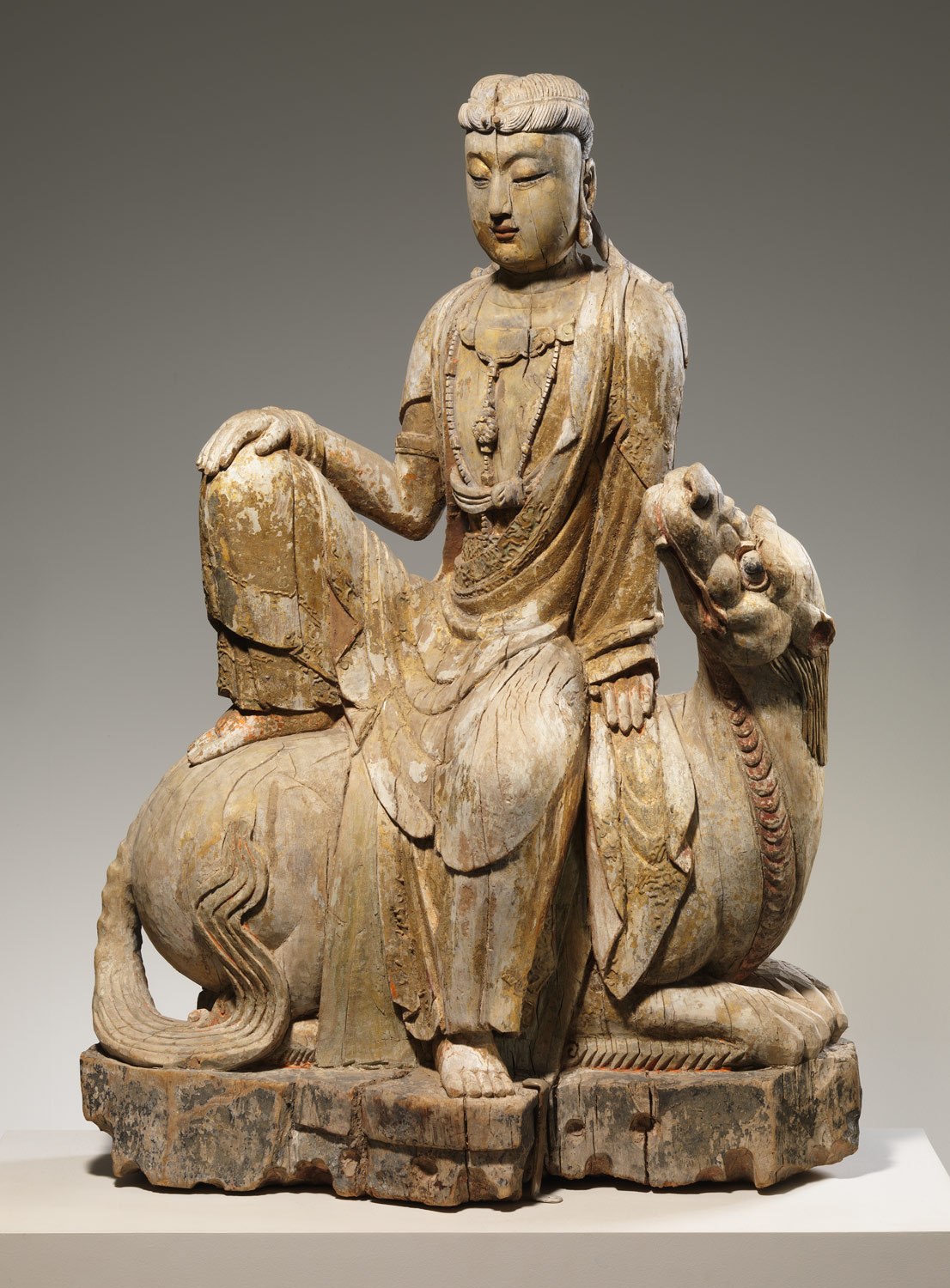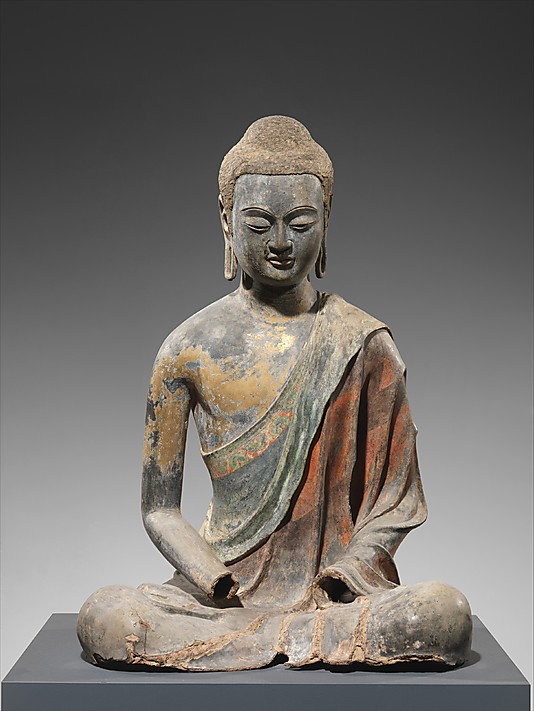Sculpture of China
2 min read“Sculpture is the forerunner of all art.”This saying truly describes the Chinese sculptural arts.
Jade carvings of people, pottery figurines of young women, and sculptures and carvings of animals appeared in China as early as the Neolithic Age(c.12000-2000 BC). As China flourished and became more powerful, the spirit of its magnificent culture directly invigorated the sculptural arts. The mighty underground terracotta army of Qin Shihuang, the first emperor of the Qin Dynasty(221-207 BC), as well as the massive and majestic Buddhist sculptures of theYungang and Longmen grottoes, have all served to bring China’s extraordinary sculpturaltradition to the eyes of the world.
Discovered in 1974, the terracotta army of Qin Shihuang, the first Qin emperor, bears witness to the extraordinary level of early Chinese sculpture. The army includes of a wide variety of soldiers, no two alike, all with highly realistic carved faces and unique expressions. These figures must have been created by a large number of artisans otherwise the figures cannot display such richly varied technique.

The statues found in China’s grottoes and temples represent the epitome of traditional Chinese sculpture. These sculptures often feature beautifully carved clothing, and skillfully portray the form and dynamism of their subjects. Chinese carvings of Guanyin, the Buddhist goddess of mercy and compassion, with her exquisitely draped robes, kind and loving gaze, and quality of sanctity and serene beauty, rival Raphael’s paintings of the Sistine Madonna.
The concepts and techniques of Chinese sculpture continued to develop during the 20th cen tury. The Monument to the People’s Heroes in Beijing’s Tian’ anmen Square is one of the repre-sentative works of modern Chinese sculpture. The monument consists of ten engraved panels, each of which represents a certain historical event. Each engraving can stand on its own, while taken as a whole, they offer a comprehensive depiction of China’s revolutionary history.









